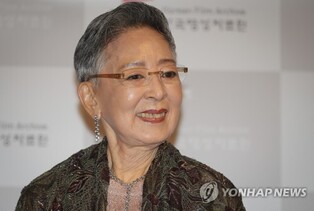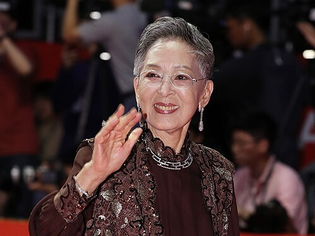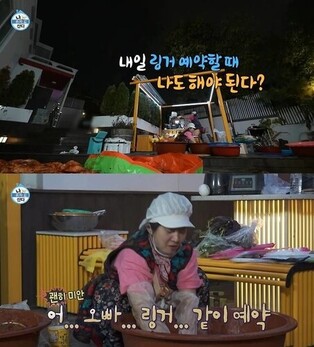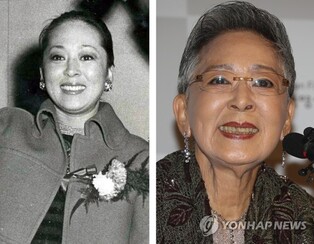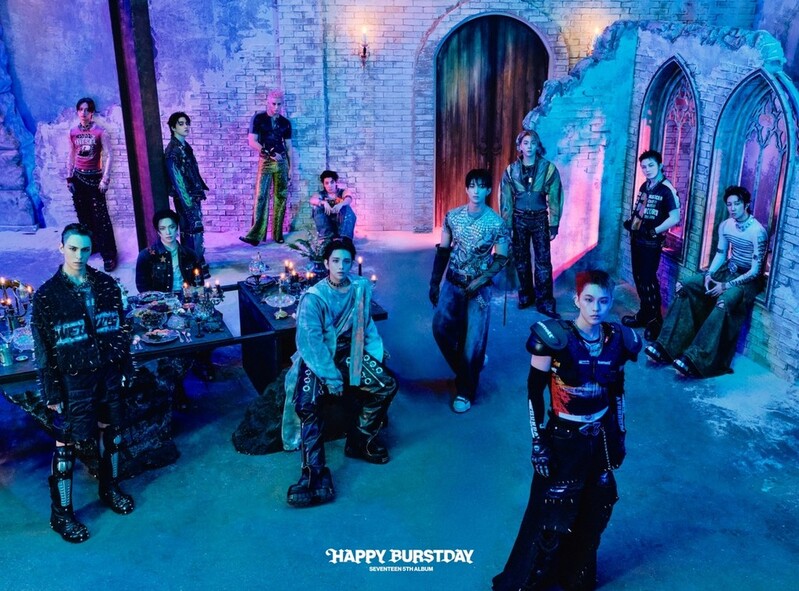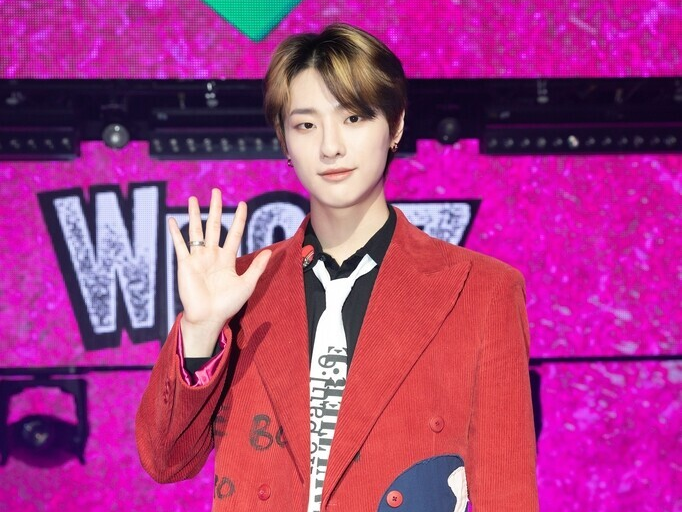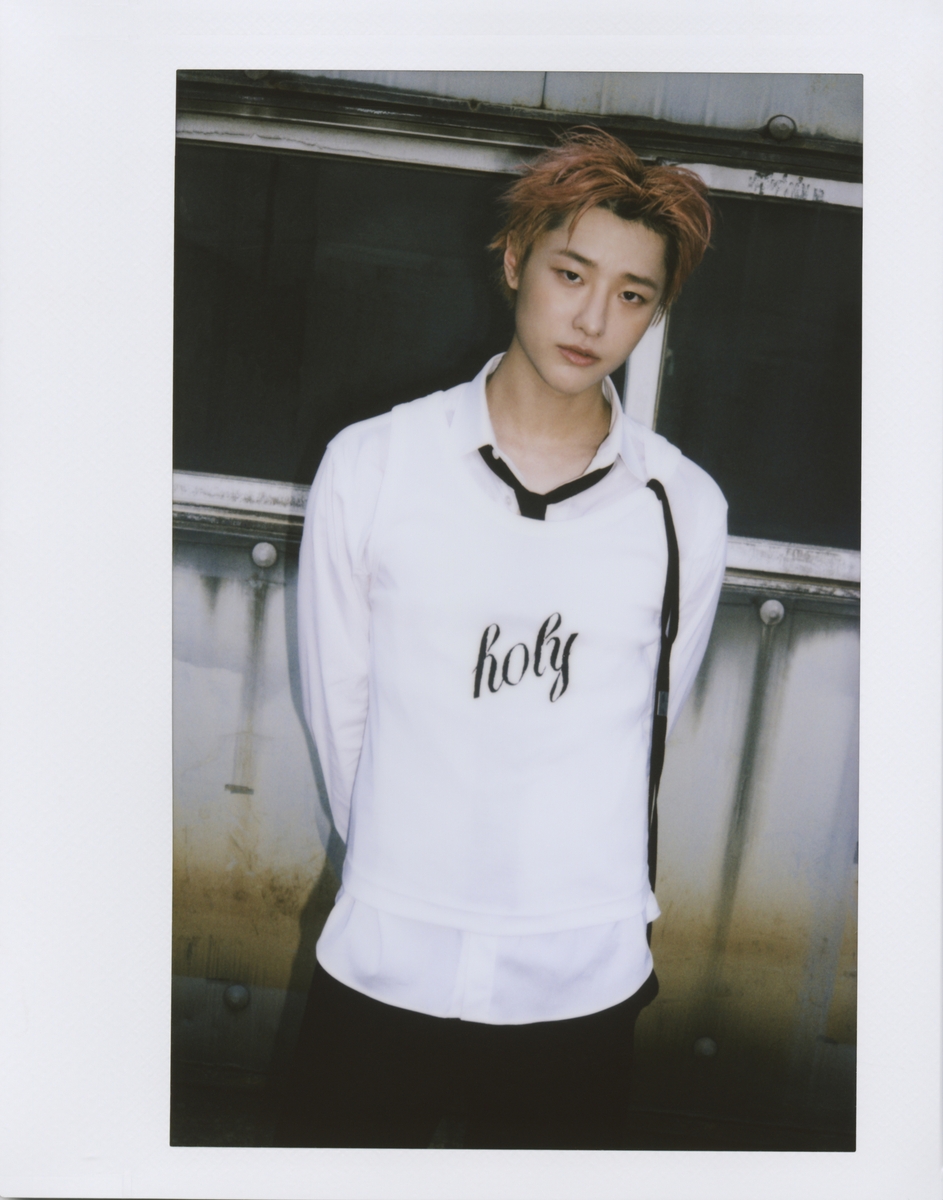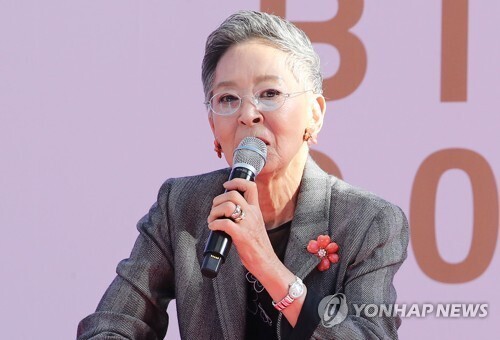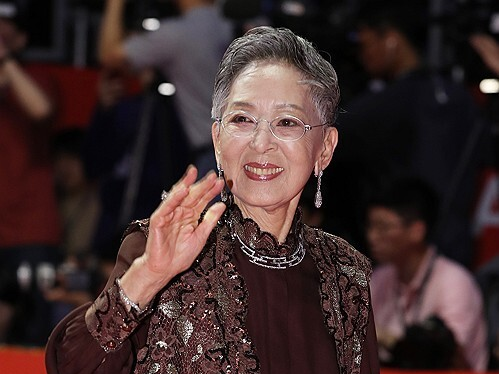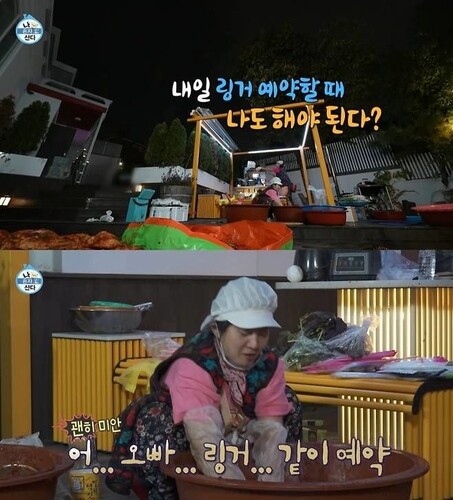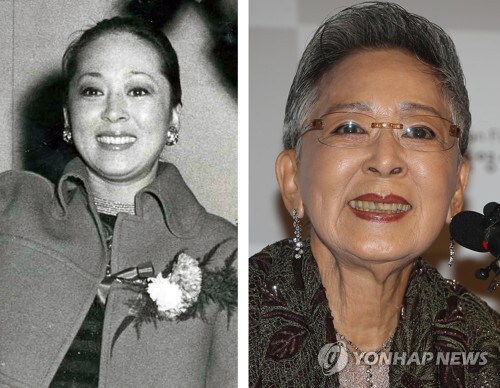 |
| ▲ This photo, provided by the National Museum of Korea, shows speculators browsing the artifacts with their masks off. (PHOTO NOT FOR SALE) (Yonhap) |
 |
| ▲ This photo, provided by the National Museum of Korea, shows 'Donated Collection Gallery I.' (PHOTO NOT FOR SALE) (Yonhap) |
SEOUL, Feb. 22 (Yonhap) -- The National Museum of Korea is geared up to actively discover exhibition contents related to Goguryeo this year, and shed light on the meaning and implication of the history and culture of Goguryeo.
The “Lee Kun-hee Collection,” a splendid collection of cultural properties and artworks donated to the state by the bereaved family of the late Samsun chairman Lee Kun-hee, will be greeting spectators this time in Daegue and Cheongju. Exhibitions are also scheduled to be open in the United States and the United Kingdom in 2025.
Meanwhile, the National Museum of Korea, which proudly stands as the flagship museum of Korean history and art, announced its major project outlines for this year on Wednesday, aiming to stand not only as the largest museum in South Korea but also as a venue where everyone can hang out together.
In order to do so, the Museum plans to increase the number of collections covering the remarkably progressive history and culture of Goguryeo. As part of this project, the Museum will have a copy of the inscription and picture carved on King Gwanggaeto’s monument put on permanent display, as well as contents that deploy cutting-edge technologies such as virtual reality (VR) and augmented reality (AR).
A total of six rooms in the Pre-History/Ancient History Gallery, which begins at the entrance to the permanent exhibition hall and ends at the Goguryeo room, will be refurbished this November. Additionally, research and examination of Goguryeo-related exhibition relics will be steadily promoted.
The Museum is also currently planning out details to conduct a full investigation of Goguryeo roof tiles and tomb murals obtained from China and North Korea during the Japanese colonization. Based on the results, the Museum will publish an academic journal, titled “Archaeology,” covering the relics of Goguryeo.
An official from the National Museum of Korea explained, “We will put our utmost effort into accurately conveying the history of Goguryeo, an essential part of South Korean history, and balance out the understanding of the history of East Asia.”
The Museum is expected to continue exhibiting Chairman Lee’s donations in Daegu and Cheongju, along with five additional booklets covering his donations to be published.
Moreover, the National Museum of Korea, alongside the National Museum of Contemporary Art, will be joining hands with several overseas museums, including the Smithsonian National Museum of Asian Art in the U.S. in the second half of 2025, the Chicago Museum in the U.S., and the British Museum in the second half of 2026 in order to plan and carry out exhibitions that would promote Korean culture and history.
The Museum also announced the 22 major topics it will research to secure new historical content this year: The Museum plans to conduct research on 9 different matters, including the publication of a report on the Nakrang Tomb in the Japanese colonial era, management of the related collections, and compilation of relevant database.
Among the affiliated museums, the Gyeonju National Museum will be striving to complete the 2023 Wolji Project, which will have about 30,000 artifacts gathered from Donggung Palace (former Anapji) sorted out and conduct academic research on them.
The Museum is also preparing a special exhibition that would serve as means to introduce various cultures: In celebration of the 140th anniversary of diplomatic relations between Korea and Britain, the Museum will hold an exhibition in June, titled “The Masters’ Eyes at the People – British National Gallery’s Paintings,” featuring 52 pieces of artwork drawn by pre-eminent painters Botticelli, Caravaggio, Mane, Monet, and Van Gogh. This will mark the very first exhibition in Korea that would introduce works owned by the British National Gallery.
In December, in collaboration with the Metropolitan Museum of America, the Museum will showcase an exhibition of “Tree and Snake – Early Buddhist Art in India (tentative title)” that would highlight early Buddhist artworks.
In addition, an exhibition featuring earthenware and clay will be opened in May, followed by one that will introduce more than 70 calligraphic works such as “Jingbirok” and “Dongguk Sinsok Samgang Haengsildo” in December. The World Culture Center on the third floor of the permanent exhibition hall will showcase a brand-new “Greek and Rome Room.”
The Museum also emphasized that it will come up with systematic support measures for the culturally vulnerable this year: A comprehensive plan will be established in July for such a matter, and a “space for all (tentative title)” will be created at all nooks and canny of the affiliated Museums by 2027 where anyone can visit safely and conveniently regardless of one’s gender, age, or disability.
Yoon Sung-yong, the executive director of the National Museum of Korea, said, “We will make sure to make our Museum a place where people can take rest and everyone can enjoy without any discrimination offer a venue through diverse cultural and artistic experiences.”
(This article is translated from Korean to English by Ha eun Lee)
(END)
(C) Yonhap News Agency. All Rights Reserved







